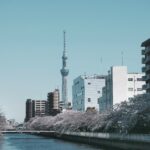Plan your 2025 dream trip to Kyoto with this Kyoto travel guide to top temples, scenic spots, and under-the-radar experiences most tourists miss. Food, culture, and secret finds included!
Table of Contents
Kyoto: The Best Place to Immerse Yourself in Japanese History and Tradition
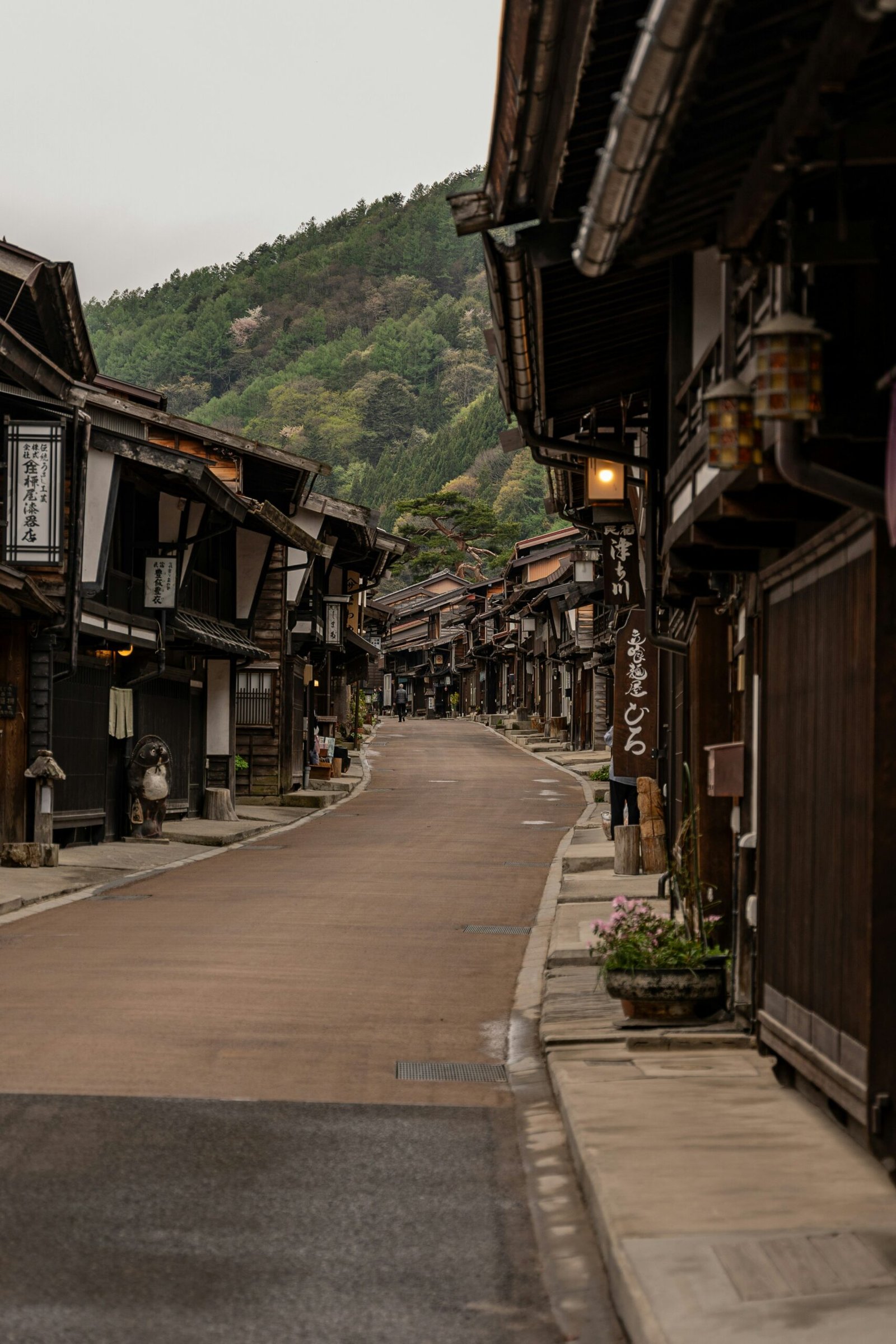
Kyoto is located roughly in the center of Japan’s main island, Honshu. While Tokyo is the current capital, Kyoto held that title for approximately 1,100 years, from 794 to 1869. Because of its long history as a hub of politics, culture, and the economy—and the fact that it avoided large-scale damage during World War II—Kyoto still preserves countless historical buildings and cultural assets. There are 52 National Treasures and 247 Important Cultural Properties here.
The city is carefully designed to maintain its traditional scenery, so even urban areas like Kyoto City and Uji are full of authentic Japanese atmosphere. Surrounded by mountains and rivers, and with the northern part facing the sea, Kyoto also boasts abundant natural beauty. The historic architecture blends harmoniously with this environment, embodying the classic elegance and refined aesthetics of old Japan.
Many shrines and temples are planted with cherry blossoms and autumn leaves, so in spring and fall, visitors are treated to breathtaking seasonal views. Kyoto is also rich in intangible culture—there are numerous opportunities to witness or take part in traditional festivals and performing arts that have continued for over a thousand years. Truly, there’s no better place to experience the heart of Japanese tradition, history, and beauty than Kyoto.
Feel the Culture Just by Walking: Kyoto’s Historic Streetscape
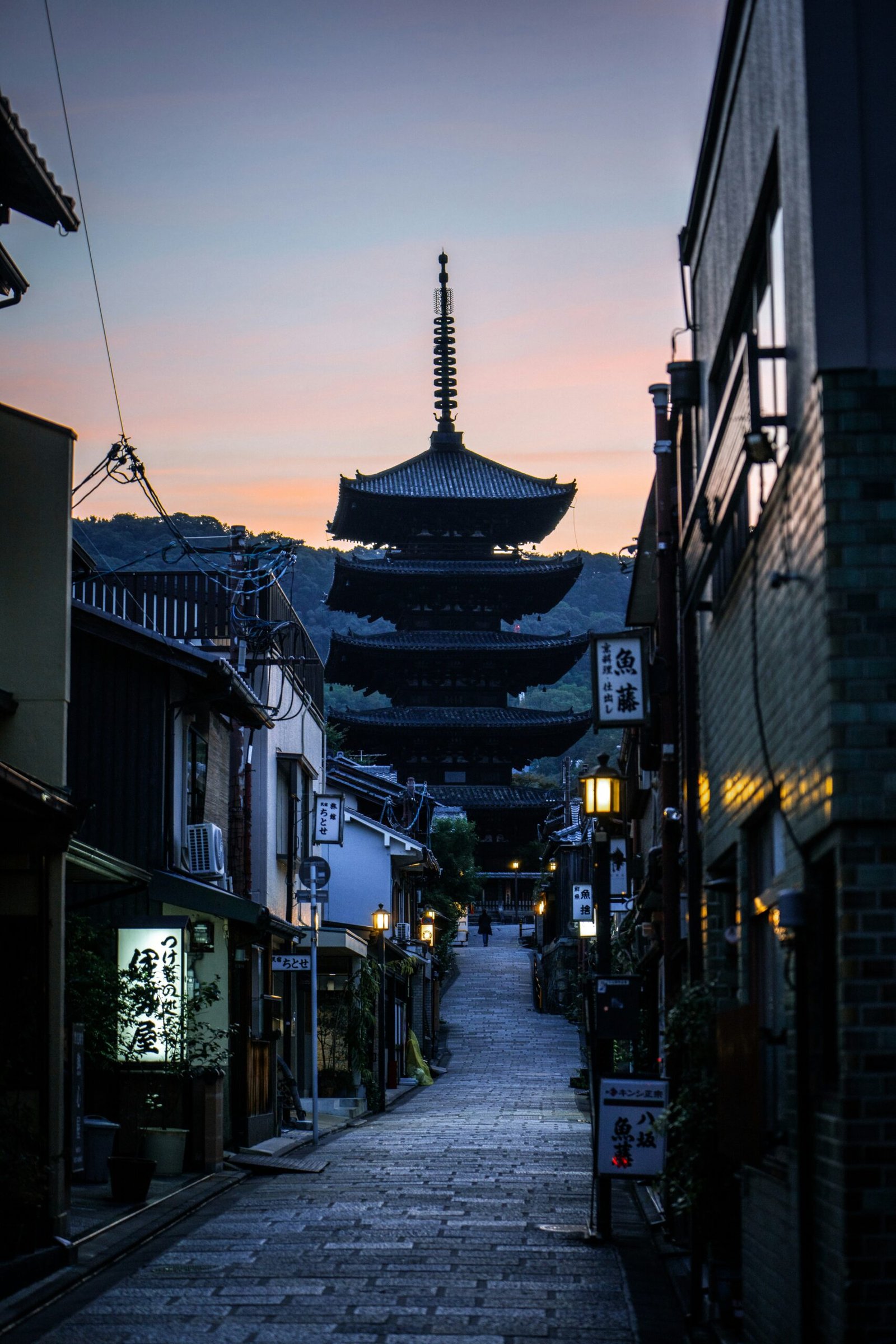
One of the most special things about Kyoto is that you can simply walk around and feel immersed in Japan’s traditional culture and long history. The way the streets are preserved, the design of the buildings, even the small signs and alleyways—all of it makes you feel like you’ve stepped into another era. Every stroll turns into a cultural experience.
Average Temperatures and What to Wear in Kyoto
Kyoto is surrounded by mountains, which makes the city a kind of basin. That means the weather can be intense—hot and humid in summer, and freezing cold in winter. In the mountain areas, you might even see snow in winter. So, whatever the season, make sure you’re dressed right to fully enjoy your trip.
What to Wear by Season:
- Spring (Mar–May): Light jackets or thin sweaters
- Summer (Jun–Aug): Lightweight clothing, short sleeves—stay cool!
- Autumn (Sep–Nov): Light jackets or coats—layers are your friend
- Winter (Dec–Feb): Warm coats, wool suits, thick sweaters and jackets—Kyoto winters are no joke
Getting to Kyoto

From Tokyo, you can get to Kyoto in about 2 hours and 15 minutes if you take the Shinkansen (bullet train). If you’re coming from nearby Osaka, it’s even quicker—about 15 minutes by Shinkansen, or roughly 40 minutes by rapid train on regular lines.
It’s good to know that Kyoto doesn’t have its own airport. So, if you’re flying in from overseas, your gateway will be Kansai International Airport (KIX) in Osaka. From there, it’s super easy to reach Kyoto.
From Kansai International Airport to Kyoto Station:
- Take the “Haruka” Limited Express train from Kansai Airport Station to Kyoto Station
- Travel time: Around 1 hour and 20 minutes
Getting Around Kyoto
The two main ways to get around Kyoto are buses and subways. If you’re staying within Kyoto City, you can pretty much visit all the major sights by bus alone. For places a bit farther out, like the outskirts or neighboring towns, sometimes it’s faster to hop on a JR train or local rail line.
If you want more detailed info about transportation in Kyoto, there are lots of helpful guides out there. But here’s the gist:
Combine buses and subways smartly, and you’ll get around efficiently and comfortably.
Save Money with the Subway & Bus One-Day Pass
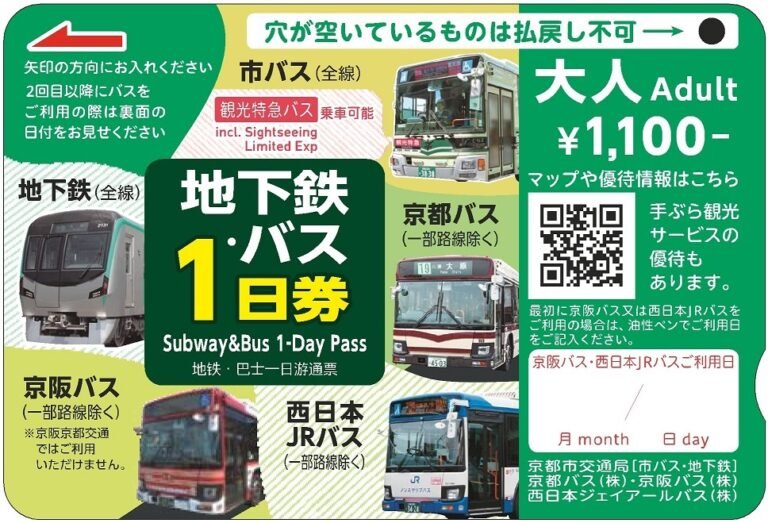
If you’re doing a lot of sightseeing using public transport, this pass is a lifesaver. The Subway & Bus One-Day Pass gives you unlimited rides for a full day on:
- All lines of the Kyoto City Subway and Bus system
- Some lines operated by Kyoto Bus, Keihan Bus, and West JR Bus
Almost every major tourist spot is included in this coverage. And there’s more: you also get discounts or perks at about 60 different temples, shrines, and restaurants around the city.
You can grab the pass at:
- Kyoto Station Bus Information Center
- “Kotochika Kyoto” inside Kyoto Station Subway
- Karasuma Oike Station, and other spots
Price:
- Adults: ¥1,100
- Children: ¥550
It’s a great way to stretch your budget and still get the most out of your time in Kyoto.
3 Essential Tips for Exploring Kyoto Efficiently
Kyoto is packed with things to see, and it’s easy to feel overwhelmed, especially on your first trip. But don’t worry—here are three key tips that’ll help you get around smartly and see more without feeling rushed.
1. For Your First Trip, Focus on Kyoto City + Arashiyama
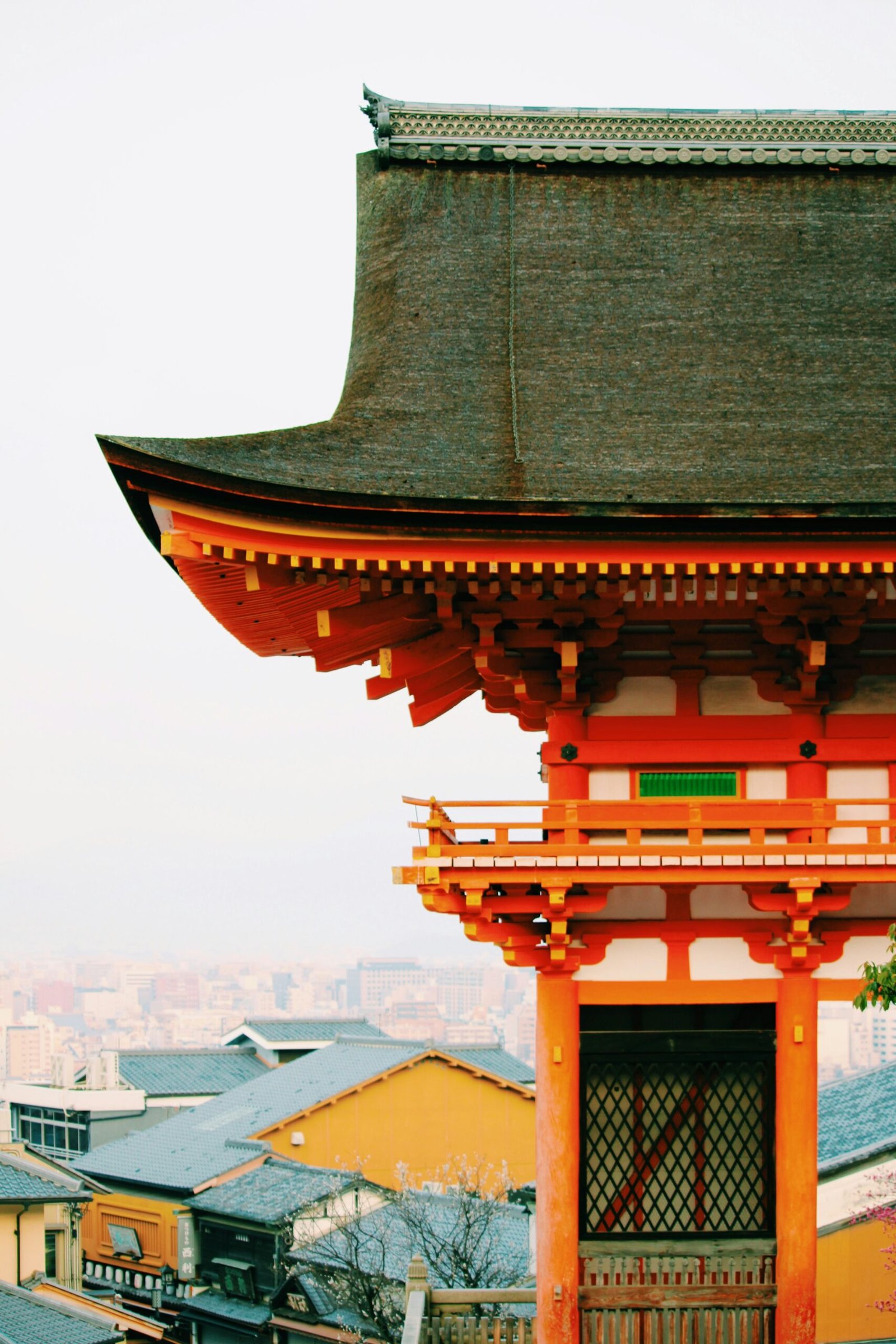
Most of Kyoto’s top sightseeing spots are in Kyoto City and Arashiyama. Even better, both areas have a ton of attractions close together, so you won’t spend all your time commuting. You can visit many places in just a short amount of time. Plus, it’s easy to move between Kyoto City and Arashiyama, so your schedule won’t feel tight.
If you’ve got extra time, consider heading out to Uji, too—it’s another amazing spot with its own unique charm.
2. Use Kyoto Station as Your Base
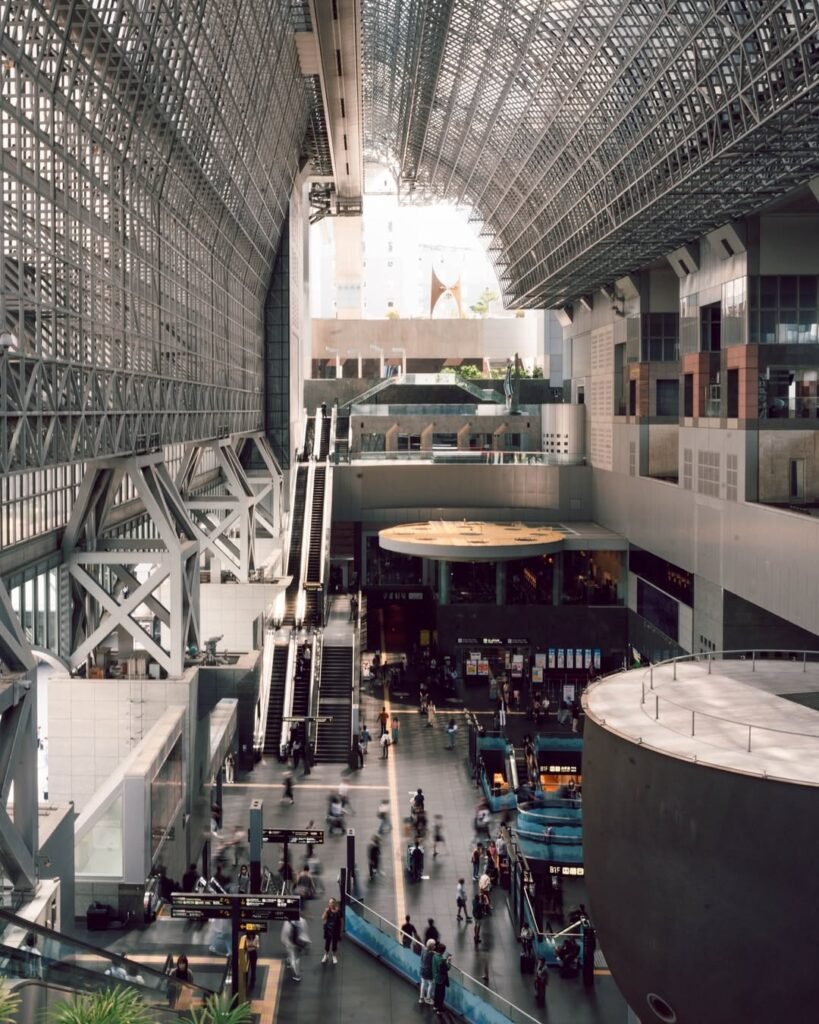
Kyoto Station is your travel anchor. It’s where the Shinkansen stops and where most local lines connect. Whether you’re exploring downtown, heading to the suburbs, or even popping over to nearby cities, everything starts here.
Also, the area around Kyoto Station is super convenient. There are tons of hotels, restaurants, and even attractions nearby. So, for first-timers, staying near the station makes everything smoother.
3. Don’t Rely Only on Buses—Use the Subway Too
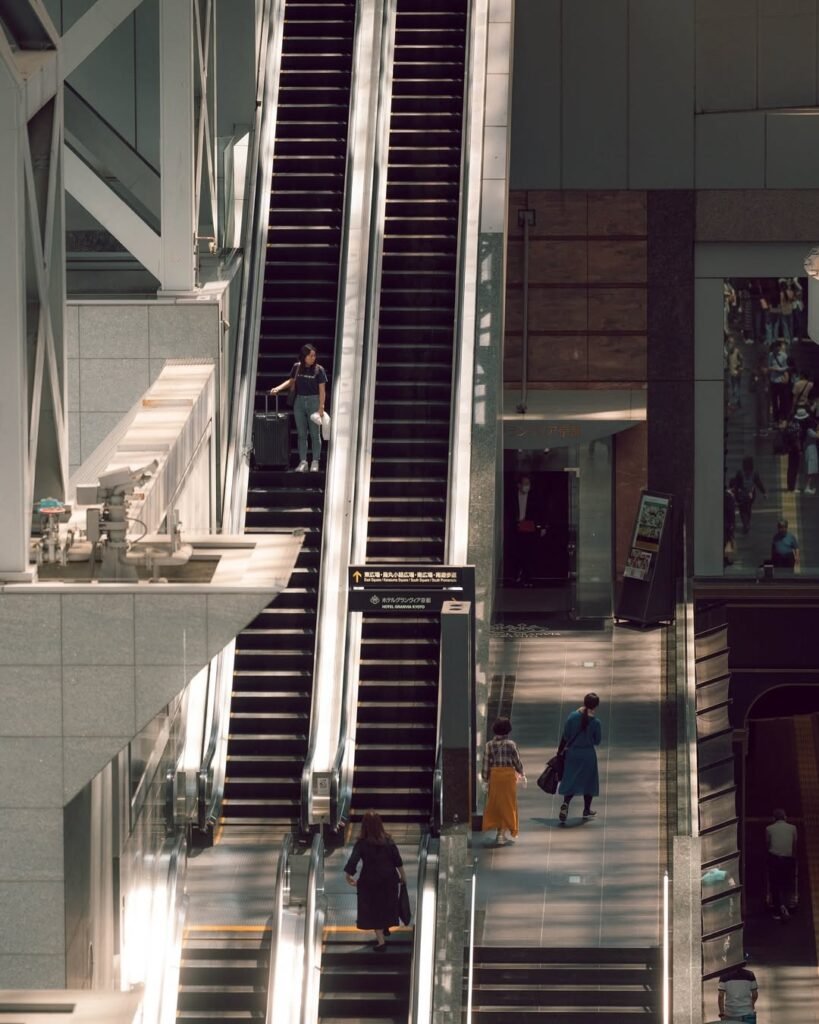
Buses are great, and they go almost everywhere in Kyoto. But during peak tourist seasons, the roads get jammed. That means delays, packed buses, and potential headaches.
That’s where the subway comes in. It’s quick, avoids traffic, and can actually get you to some destinations faster than buses. For example, if you’re visiting Kyoto in cherry blossom or autumn foliage season, definitely consider using the subway more often.
How Many Days Do You Need to Enjoy Kyoto Properly?
With so many incredible sights packed into one place, it’s easy to wonder: How long should I actually stay in Kyoto? If you’re planning to focus only on Kyoto City’s main highlights, a 1-night, 2-day trip can work well. Most attractions are close to each other, so you can cover a lot without rushing too much.
But if you want to go deeper—maybe check out Arashiyama, Uji, or the lesser-known suburbs—a longer trip is definitely worth it. In that case, plan for 3 to 5 days. There’s no shortage of spots to discover, so giving yourself more time lets you slow down and actually enjoy the experience.
5 Must-See Areas for a Deeper Kyoto Experience
Most visitors stick to Kyoto City, but don’t sleep on the outer areas—they’re full of beauty, history, and culture. Here are five key areas, including and beyond the city, that’ll show you just how rich Kyoto really is:
1. Kyoto City – The Heart of It All
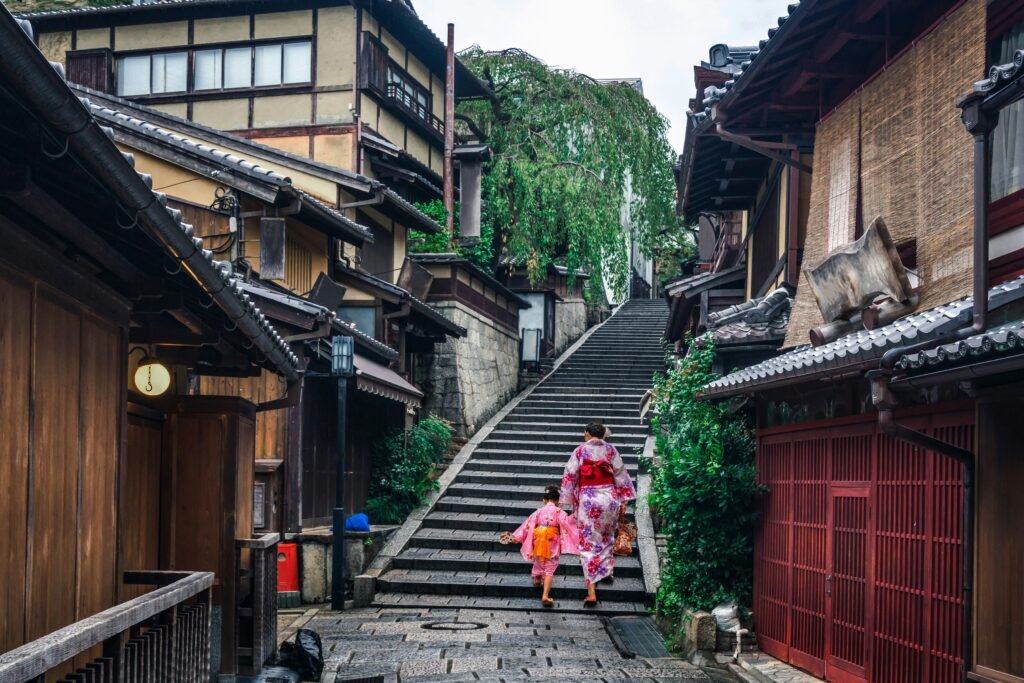
Located in the southeastern part of Kyoto Prefecture, Kyoto City sits in a basin surrounded by gentle mountains. It’s a unique blend of city life and deep cultural roots. Almost all the most popular tourist spots are here, from ancient temples to charming shopping streets.
The city is divided into five main zones:
| Area | Highlights | Top Attractions |
|---|---|---|
| Rakuhoku (North) | Nature meets spirituality | Kifune Shrine, Rurikoin Temple, Shimogamo Shrine |
| Rakuchu (Center) | Downtown vibes, lively areas | Kyoto Station, Nijo Castle, Kamo River Park |
| Rakuto (East) | Iconic temples and old-town charm | Kiyomizu-dera, Ginkaku-ji, Gion |
| Rakunan (South) | Classic scenic beauty | Fushimi Inari Taisha, Daigo-ji, To-ji Temple |
| Rakusei (West) | Temple-filled hillside views | Kinkaku-ji, Ryoan-ji, Ninna-ji |
You don’t have to memorize the names, but knowing each direction has its own vibe helps a lot when planning.
2. Saga-Arashiyama – Where Nature and Tradition Collide
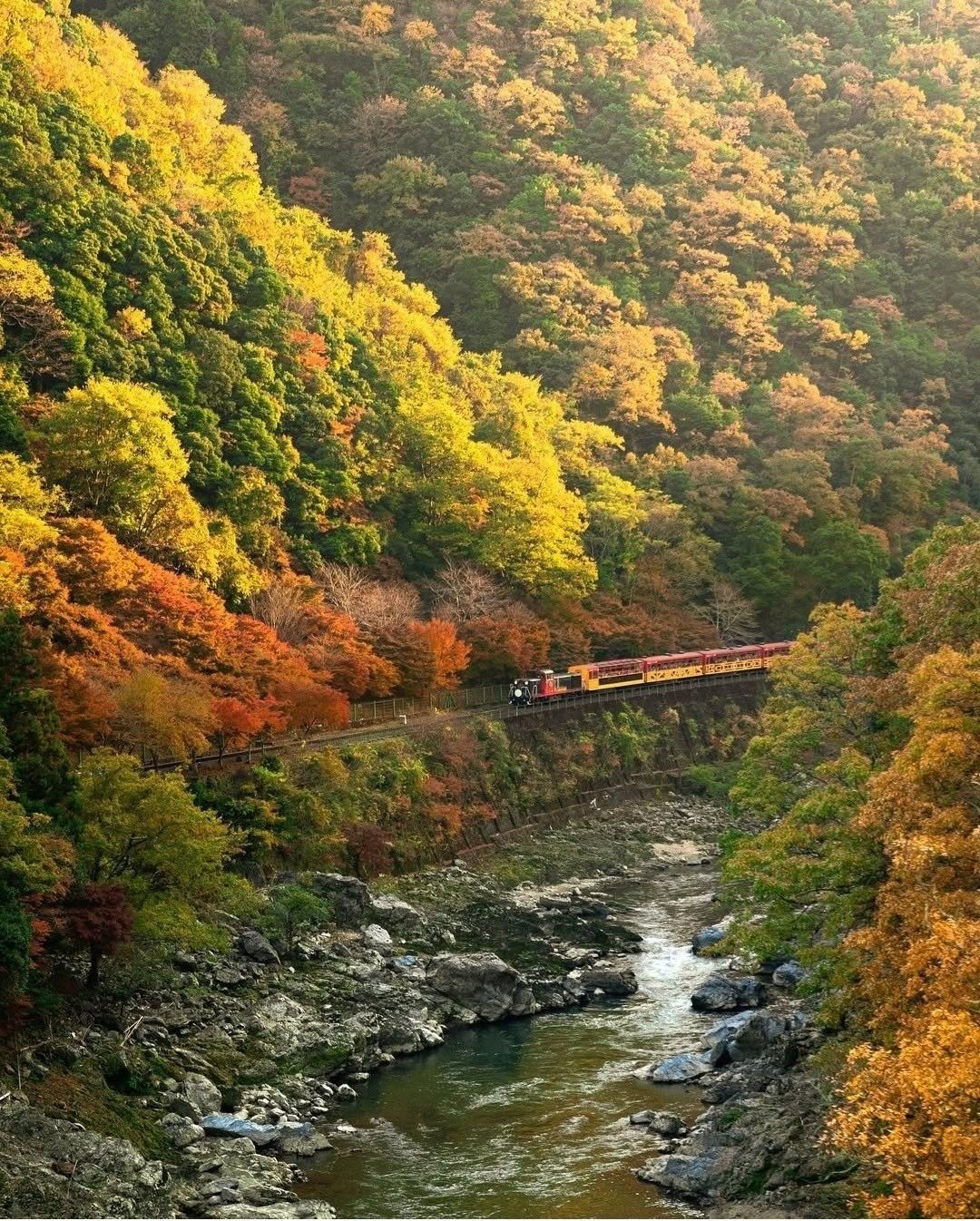
On Kyoto City’s far western edge lies Saga-Arashiyama, technically still part of the city but often treated as its own area due to its distinct character. This area is more nature-rich than central Kyoto, making it perfect for enjoying seasonal landscapes.
From lush gardens and historic villas to iconic temples nestled in green valleys, Arashiyama is where Kyoto’s aesthetic sense really comes alive. Spring brings cherry blossoms; autumn sets the whole area on fire with red and gold leaves. It’s absolutely magical.
3. Northern Kyoto – Coastal Beauty You Didn’t Expect
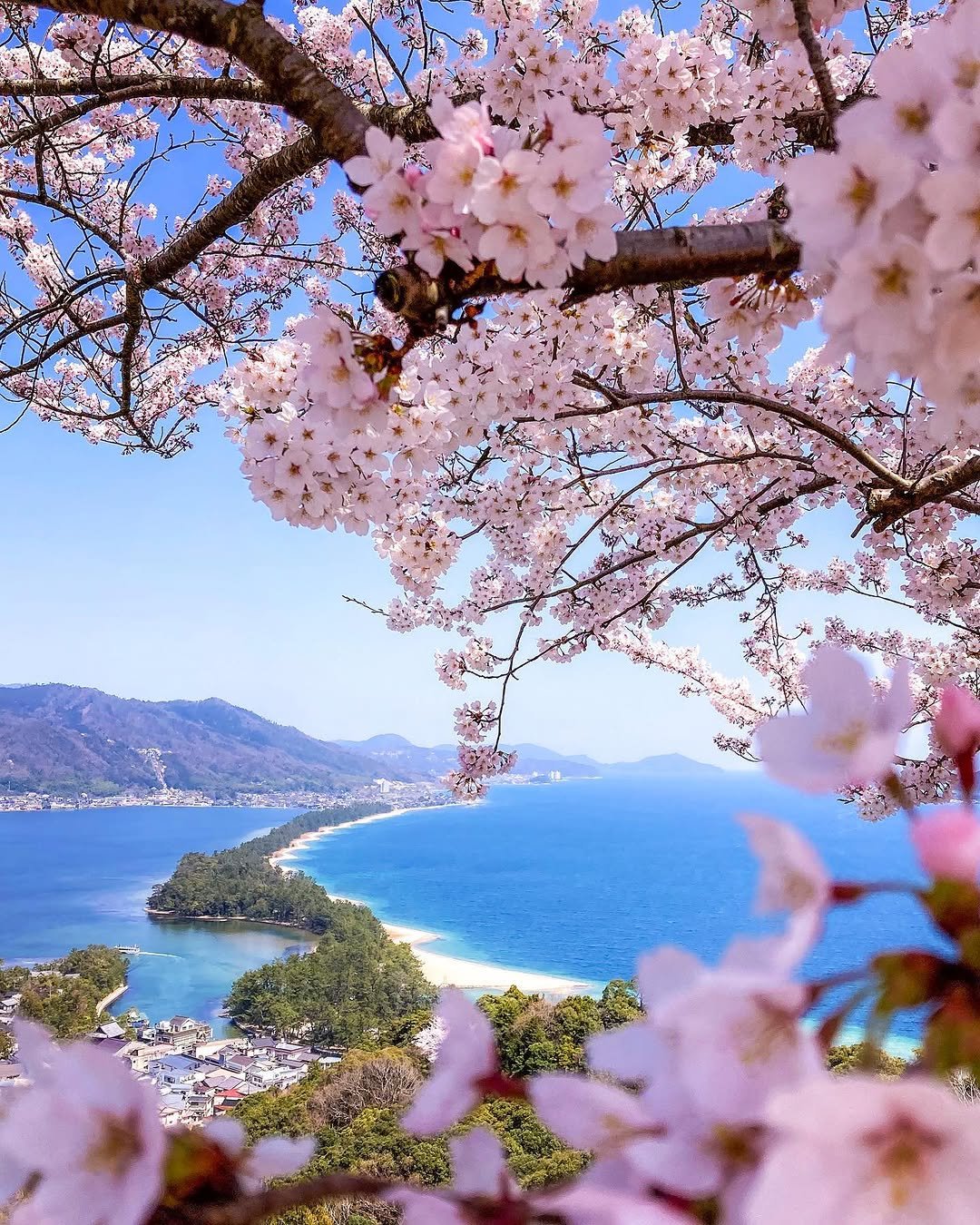
Way up at the top of Kyoto Prefecture is the Northern Area, touching the Sea of Japan. This spot feels like a totally different world from downtown Kyoto. It’s home to Amanohashidate, one of Japan’s three most scenic views, along with the charming boathouses of Ine and the red-brick warehouses of Maizuru.
Think breathtaking coastlines, fishing villages with nostalgic architecture, and peaceful seaside scenes—perfect for when you’ve already explored the usual tourist spots.
4. Central Kyoto – Mountains, Valleys, and Timeless Countryside

Head inland and you’ll reach Kyoto’s Central Area, where the mountains cradle you in Japan’s traditional countryside. This is where you’ll find places like Miyama, famous for its thatched-roof houses straight out of a storybook, and Rurikei Gorge, which offers natural beauty, BBQ spots, and hot springs.
If you want to connect with the “old Japan,” this is where it lives.
5. Southern Kyoto – Tea Fields and Heritage in Uji
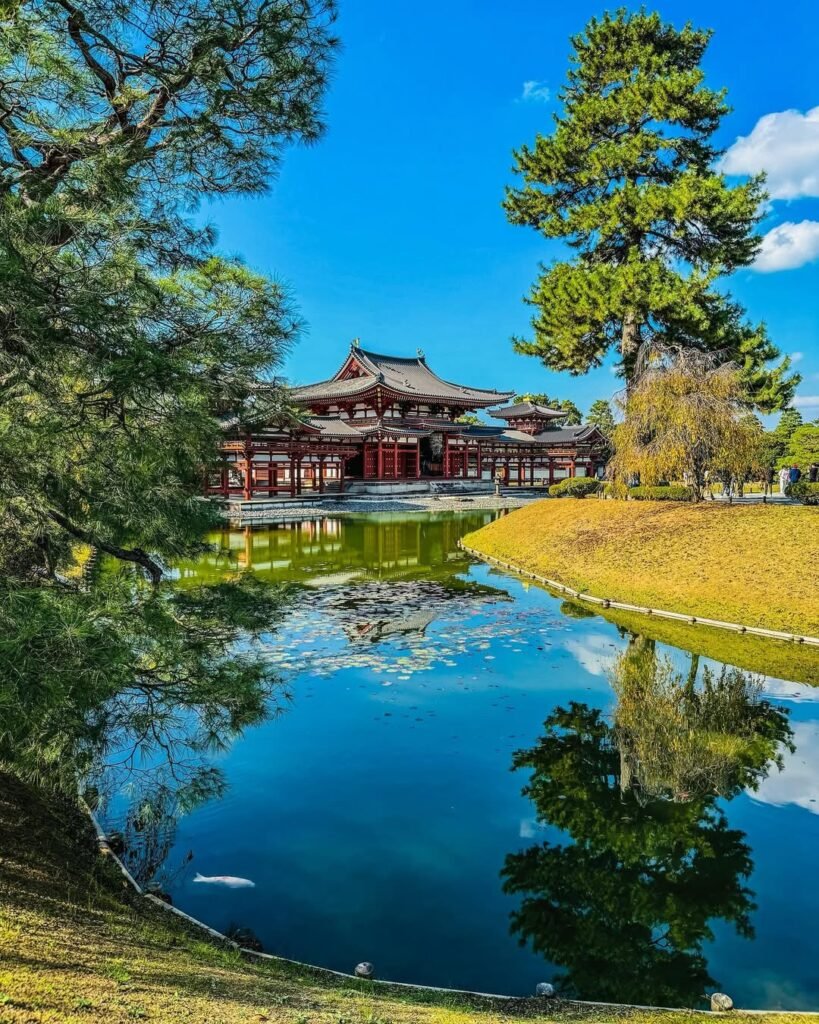
Down south is Uji, the heart of Kyoto’s tea culture. The city is famous for its lush tea fields, bamboo groves, and striking autumn foliage. The historic streets of Uji are lined with traditional shops, temples, and two major UNESCO World Heritage Sites.
And the best part? It’s just 20 minutes from Kyoto Station by train, making it perfect for a half-day or full-day trip. Uji isn’t just about tea—it’s about soaking in calm beauty at your own pace.
Hidden Gems in Kyoto
Already visited the big sights? Dive deeper into Kyoto with our guide to off-the-radar temples, cafés, museums, and local experiences away from the tourist rush: 15 Hidden Gems in Kyoto That Locals Love (But Tourists Miss)
1-Night, 2-Day Kyoto Perfect Itinerary: Classic Sights for First-Time Visitors
Kyoto can be overwhelming, so starting with a balanced, tried-and-true route is key. This sample itinerary covers the essentials—Kyoto City, Arashiyama, and a quick trip to Uji—so you get a real feel for the city’s rich layers of tradition and beauty.
Day 1: Kyoto City + Arashiyama
8:30 AM — Start at JR Kyoto Station
Kick things off at Kyoto’s transportation hub. From here, hop on a city bus and get off at Gojozaka. A short 10-minute walk will bring you to one of the city’s most famous temples.
9:10 AM — Explore Kiyomizu-dera Temple
Founded in 778, Kiyomizu-dera is a UNESCO World Heritage site with over 30 temple buildings. The views from the main stage are spectacular—especially when the cherry blossoms bloom or the leaves blaze red. Don’t miss the massive three-story pagoda or the bright vermilion gate welcoming you at the top of the hill.
10:00 AM — Walk Through the Historic Streets of Gion
From Kiyomizu, stroll over to Gion, Kyoto’s iconic geisha district. The moment you enter, it feels like a time slip—wooden teahouses, stone-paved alleys, and maybe even a glimpse of a maiko (apprentice geisha) on her way to an appointment. The main street, Hanamikoji, is full of charm and photo ops.
10:40 AM — Food Crawl and Souvenir Hunt at Nishiki Market
Next stop: Nishiki Market, a 400-year-old arcade full of Kyoto’s best bites and traditional goods. Try yuba (tofu skin), matcha donuts, or handmade fish cakes. About 130 shops line the narrow street—perfect for snacking and browsing.
11:40 AM — Lunch at AWOMB Karasuma Honten
This renovated 100-year-old townhouse serves up a unique take on temaki sushi (hand-rolled sushi). Called “teori sushi” (weaving sushi), it features over 50 colorful toppings like sashimi, pickles, and Kyoto veggies for you to mix and match your perfect bite. It’s interactive, beautiful, and delicious.
1:10 PM — Visit Kyoto Gyoen National Garden & the Kyoto Imperial Palace
Take the subway from Shijo to Imadegawa, then walk five minutes to Kyoto Gyoen. This massive park surrounds the old Imperial Palace, where emperors lived before Tokyo became the capital. The peaceful gardens, ancient trees, and refined architecture tell the story of centuries past.
3:40 PM — Stroll Through the Sagano Bamboo Grove
Next, make your way west—take the subway back to Kyoto Station, then hop a train to Arashiyama. After a short walk, you’ll reach the Bamboo Grove, a dreamlike path of towering green stalks. Wind rustles through the bamboo, sunlight peeks through the gaps—pure serenity.
4:20 PM — Watch the Sunset at Togetsukyo Bridge
A 10-minute walk takes you to Togetsukyo Bridge, built in the 9th century and rebuilt several times. Each season paints the surrounding landscape in a different mood—pink in spring, lush green in summer, fiery red in fall, and quiet white in winter. Just being there feels poetic.
5:50 PM — Check In and Unwind at Kyoto Tower Hotel
Head back to JR Saga-Arashiyama Station and take the train to Kyoto Station. Right outside is Kyoto Tower, and right underneath is your hotel. Kyoto Tower Hotel offers stylish rooms, great views, and an unbeatable location. Before bed, sneak up to the observation deck for a view of Kyoto’s glowing nightscape.
Day 2: Southern Kyoto + Uji
8:30 AM — Start Again at JR Kyoto Station
Hop on the JR Nara Line, and in just 5 minutes, you’ll be at Inari Station. From there, it’s a 2-minute walk to Kyoto’s most photographed spot.
8:50 AM — Hike Through the Thousand Torii Gates of Fushimi Inari Taisha
Fushimi Inari is the head shrine of over 30,000 Inari shrines across Japan. The highlight? The seemingly endless line of bright red torii gates that snake through the forested mountain. Snap photos, make a wish, and don’t forget to try lifting the “Omokaru Stone” to see if your wish will come true!
10:40 AM — Visit Byodo-in Temple in Uji
Hop back on the Nara Line to Uji Station. A 10-minute walk brings you to Byodo-in, a 1,000-year-old temple built as a paradise on earth. The Phoenix Hall is jaw-dropping—perfectly symmetrical and reflected beautifully in the pond. A UNESCO World Heritage Site, and a symbol of heavenly architecture.
11:50 AM — Explore Uji’s Streets and Eat Some Matcha
Take your time walking through Uji’s quaint streets. This town is all about tea—you’ll find matcha soba, matcha parfaits, matcha lattes, and more. You can even buy freshly ground Uji tea or traditional tea sets as souvenirs. Make sure to stop at Uji Bridge, one of Japan’s oldest wooden bridges.
3:20 PM — End with Tranquility at Iwashimizu Hachimangu Shrine
Ride the Keihan Line to Yawatashi Station, then take the funicular cable car up to the shrine. Iwashimizu Hachimangu is an elegant, forest-surrounded shrine with deep ties to Japan’s samurai era. The main hall is a National Treasure, and the whole place feels like a quiet retreat.
4:20 PM — Sake Time at Fushimi Sake District
Ride back down and head to Fushimi-Momoyama—Kyoto’s historic sake brewing district. At Fushimi Sake Village, you can taste over 120 varieties of sake from 18 breweries at one long bar. Try the sake tasting set, nibble on small bites, and maybe take home your favorite bottle as a souvenir.
Local Kyoto food
Let’s dive into the delicious part of your Kyoto adventure—the local food. Kyoto has a deep, elegant food culture that reflects its history, simplicity, and obsession with seasonal beauty. Here are three iconic Kyoto dishes you absolutely can’t skip:
1. Kyoto’s Soul Food: Obanzai (おばんざい)
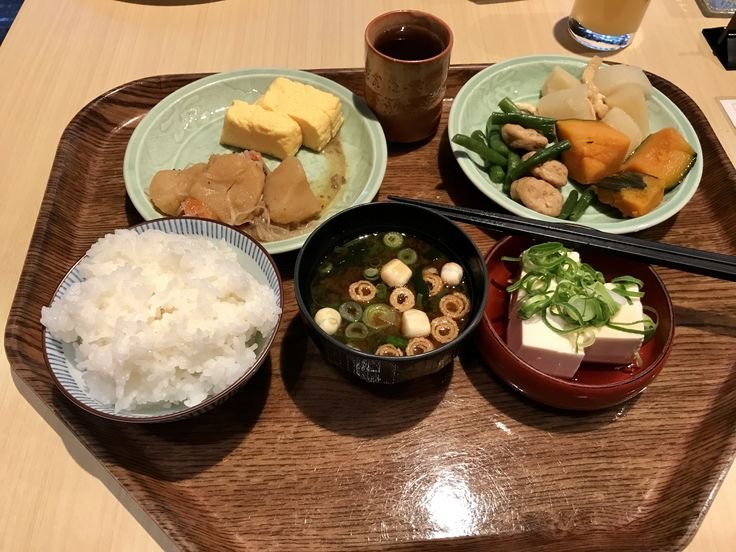
Obanzai is Kyoto’s traditional home-cooked cuisine. Think of it as a collection of small, humble dishes using seasonal Kyoto vegetables, tofu, or fish—prepared simply but beautifully. It’s not flashy, but it’s bursting with gentle, earthy flavors.
You’ll often find dishes like:
- Lightly simmered daikon radish
- Stir-fried greens
- Stewed root vegetables
- Pickled goodies in cute little bowls
It’s comfort food with centuries of history. And yes, it’s healthy too—no wonder it’s stayed popular for generations. If you want to eat like a local grandma made it with love, this is it.
2. Winter Comfort: Yudofu (湯豆腐)
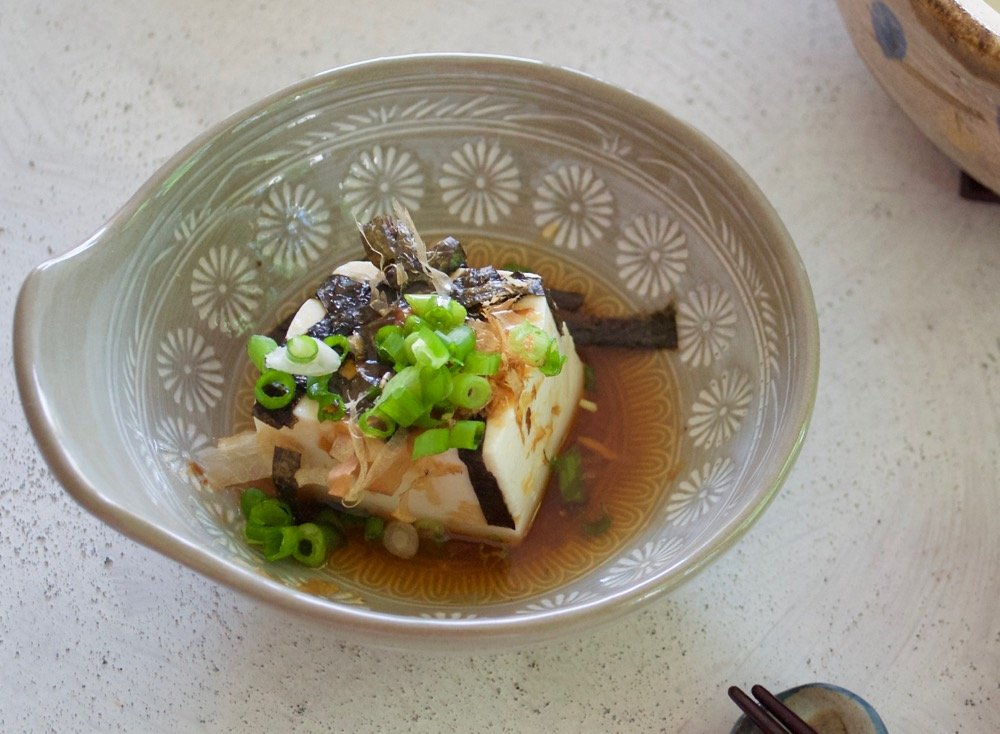
Yudofu is pure Kyoto. It’s a warm, delicate dish made with tofu gently heated in a pot of hot water—usually with a touch of kombu (kelp) to give it subtle umami. Then you dip the tofu into soy-based sauces with toppings like green onions, grated daikon, or chili flakes.
It might sound too simple, but when you’re in a centuries-old temple restaurant, surrounded by a quiet garden, steam rising from your bowl—it’s soul-soothing.
Perfect for chilly days, but also light enough for spring. Bonus: it’s totally vegetarian-friendly and easy on your stomach.
3. Kyoto’s Sweetheart: Matcha Desserts

You can’t talk about Kyoto without talking about matcha. The city is famous for it, especially in Uji, where tea culture dates back to the 12th century.
And the matcha desserts? Unreal.
From fluffy matcha roll cakes to gooey matcha mochi, crispy matcha cookies, and even matcha parfaits loaded with jelly, red bean, chestnuts, and ice cream—it’s a whole universe of green tea goodness.
Walk into almost any café or sweets shop, and you’ll find unique matcha treats. Even convenience stores sell some local favorites!
The rooms? Think soft lighting, custom furnishings, touches of washi paper and Nishijin textile walls. A hidden escape with that “grown-up Kyoto” feel.
Top 3 Places to Stay in Kyoto City & Arashiyama
1. Hotel Okura Kyoto Okazaki Bettei
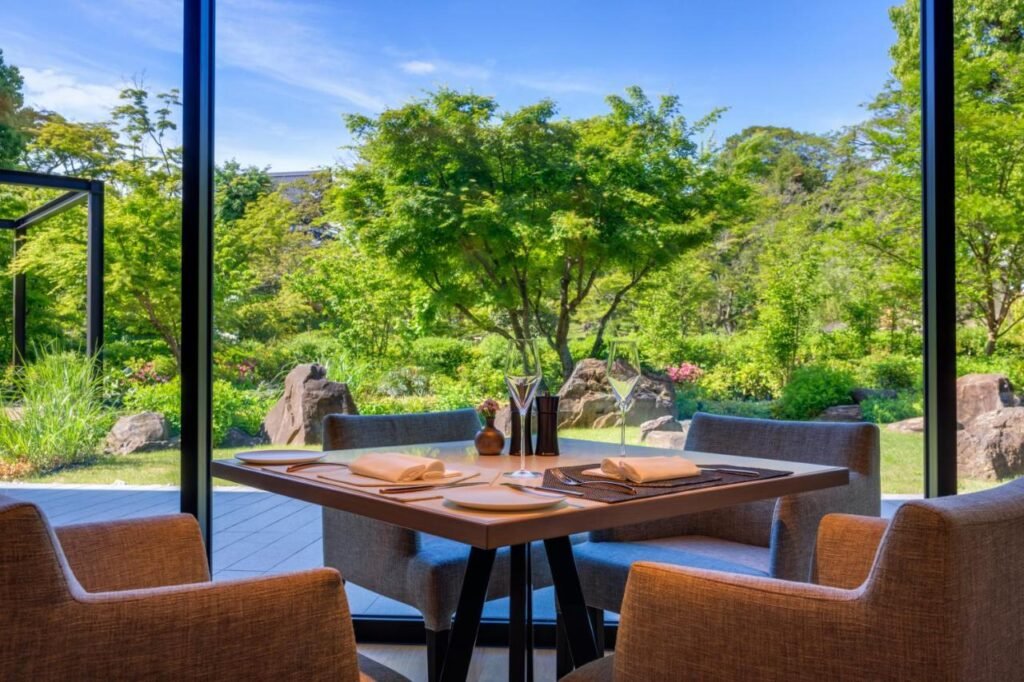
If you’re looking for quiet luxury, this is it. Tucked away in the cultural Okazaki district, this hotel opened in 2022 as a small luxury retreat by Hotel Okura. It blends traditional Kyoto aesthetics with a modern, artistic twist.
2. Kyoto Century Hotel

Located just 2 minutes from JR Kyoto Station, this hotel is perfect if you want to explore efficiently. Despite being so central, the interiors feel calm and elegant—like stepping into a classic European-style hotel with a Kyoto soul.
It’s ideal for first-timers: comfortable, convenient, and totally polished.
3. Kadensho by Kyoritsu Resort – Arashiyama
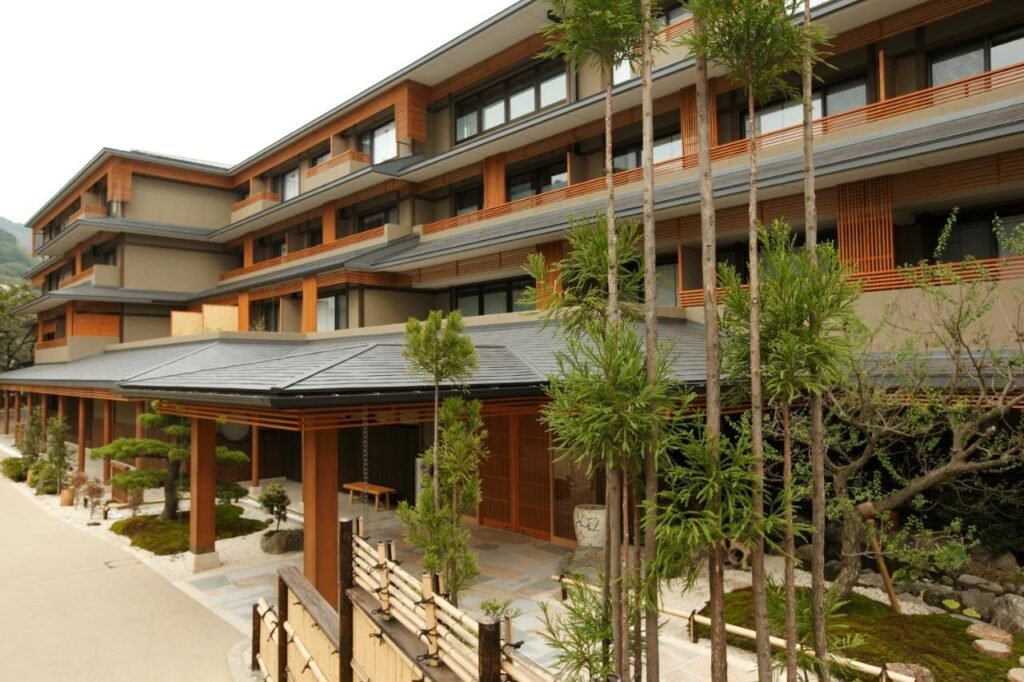
Want that “old Kyoto” feel right in the heart of Arashiyama? This is your place. Kadensho is a traditional-style ryokan with 105 rooms in designs like Kyomachiya, Japanese modern, and more. You get that nostalgic vibe with all the modern comforts.
Plus, it’s walking distance to the bamboo grove, riverside paths, and scenic temples. The open-air baths and matcha welcome drinks don’t hurt either.
Where to Eat in Kyoto: 3 Must-Visit Spots
1. AWOMB Karasuma Honten
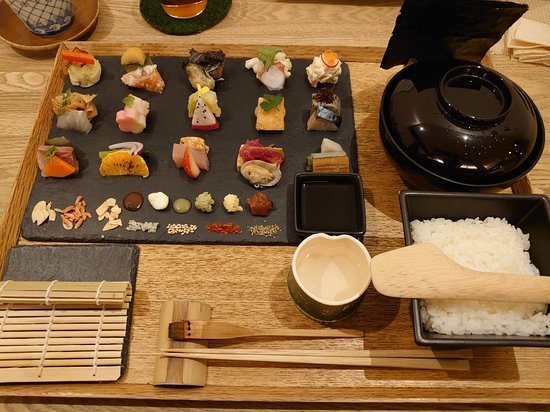
Already mentioned in the itinerary, but worth highlighting again. This is the home of “teori sushi”—DIY hand-rolled sushi that looks like an edible art gallery. You get about 50 mini-ingredients to mix and match, laid out like a painter’s palette.
It’s interactive, super Instagrammable, and above all—delicious.
2. Gion Karyo
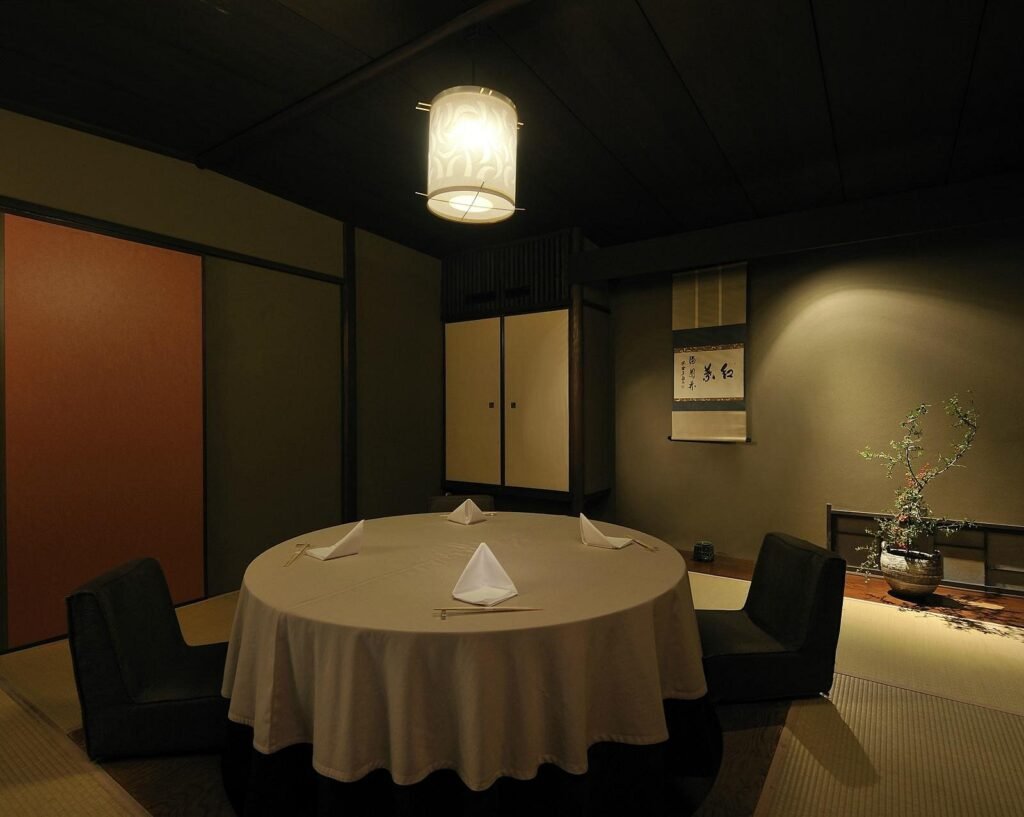
Tucked inside a traditional machiya townhouse in Gion, this place serves up kaiseki cuisine—Kyoto’s multi-course haute dining. Seasonal dishes, perfect plating, and service that feels like a tea ceremony. It’s on the pricier side, but it’s an unforgettable experience.
Ideal for date nights, solo foodies, or anyone ready to indulge in Kyoto’s culinary art.
3. Nishiki Market Street Eats

It’s not one restaurant—it’s an experience. Walk through this lively 400-meter-long market and sample Kyoto food on the go.
Don’t miss:
- Soy milk donuts
- Pickled veggies
- Matcha croquettes
- Grilled fish cakes
- Fresh sashimi on a stick
There are small sit-down spots tucked into the alleys too, if you want to take a break from snacking.
Top 3 Classic Souvenirs from Kyoto: classics, local favorites, and a few hidden gems
1. Nama Yatsuhashi (生八ッ橋) from Shogoin Yatsuhashi
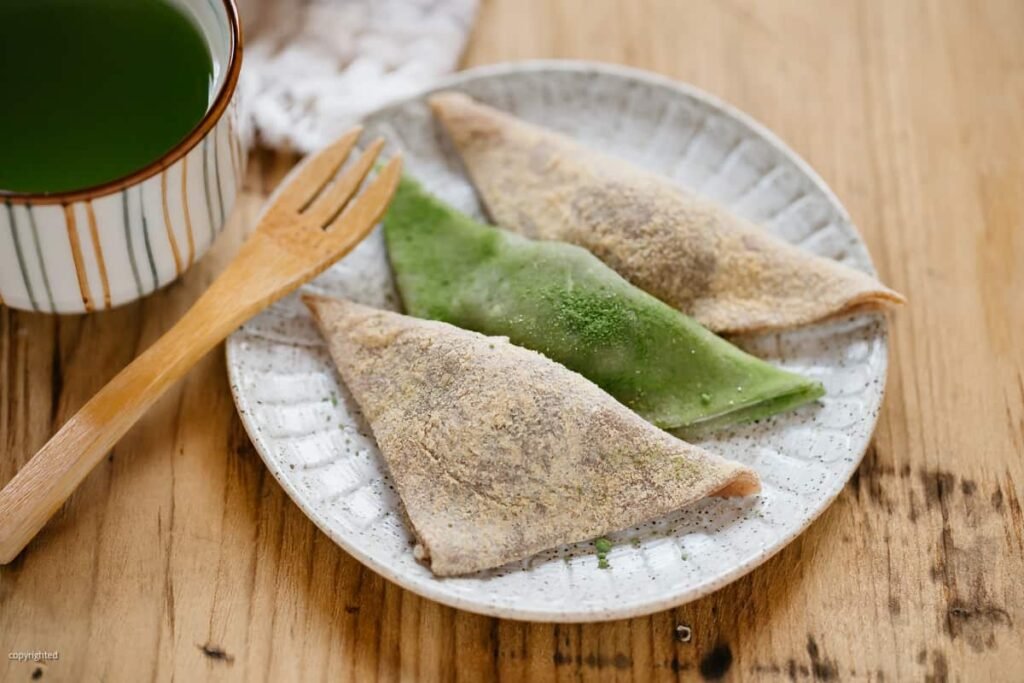
Let’s start with a total Kyoto icon: Nama Yatsuhashi. This soft, mochi-like sweet is made from rice flour, sugar, and cinnamon (nikki), and is usually wrapped around red bean paste or matcha filling.
You’ve probably seen its crisp, baked cousin sold in boxes, but the raw version is a chewy, delicate treat that locals love.
It pairs perfectly with green tea and comes in a bunch of flavors now—chocolate, matcha, even seasonal varieties.
Great for: tea time snacks, elegant gifting, or something unique to try on the train ride home.
2. Yojiya Oil Blotting Papers (あぶらとり紙)
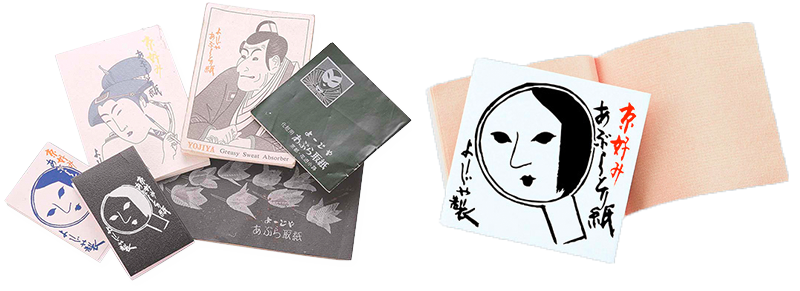
This isn’t food, but it’s a cult favorite. Founded in 1904, Yojiya is a Kyoto-born cosmetic brand best known for their super-soft oil blotting papers.
They’re made from specially processed Japanese paper, so they feel gentle on your skin and soak up oil like magic—without smudging your makeup. The packaging features their famous hand mirror logo and makes for a cute, useful souvenir.
Great for: beauty lovers, skincare nerds, and anyone who loves a little self-care.
3. Matcha Langue de Chat “Cha no Ka” (茶の菓) by Malebranche

Now for the Kyoto sweet that everyone’s been talking about—“Cha no Ka” from Malebranche. This is Uji matcha baked into a crisp cookie (langue de chat style), with creamy white chocolate sandwiched in between.
It’s refined, addictive, and beautifully packaged. You’ll find it at Kyoto Station or department store food halls, but get there early—it’s a bestseller and often sells out.
Great for: souvenirs that impress without trying too hard. They look expensive, taste rich, and feel very Kyoto.
Seasonal travel tips
Spring in Kyoto: Cherry Blossoms & Ancient Beauty
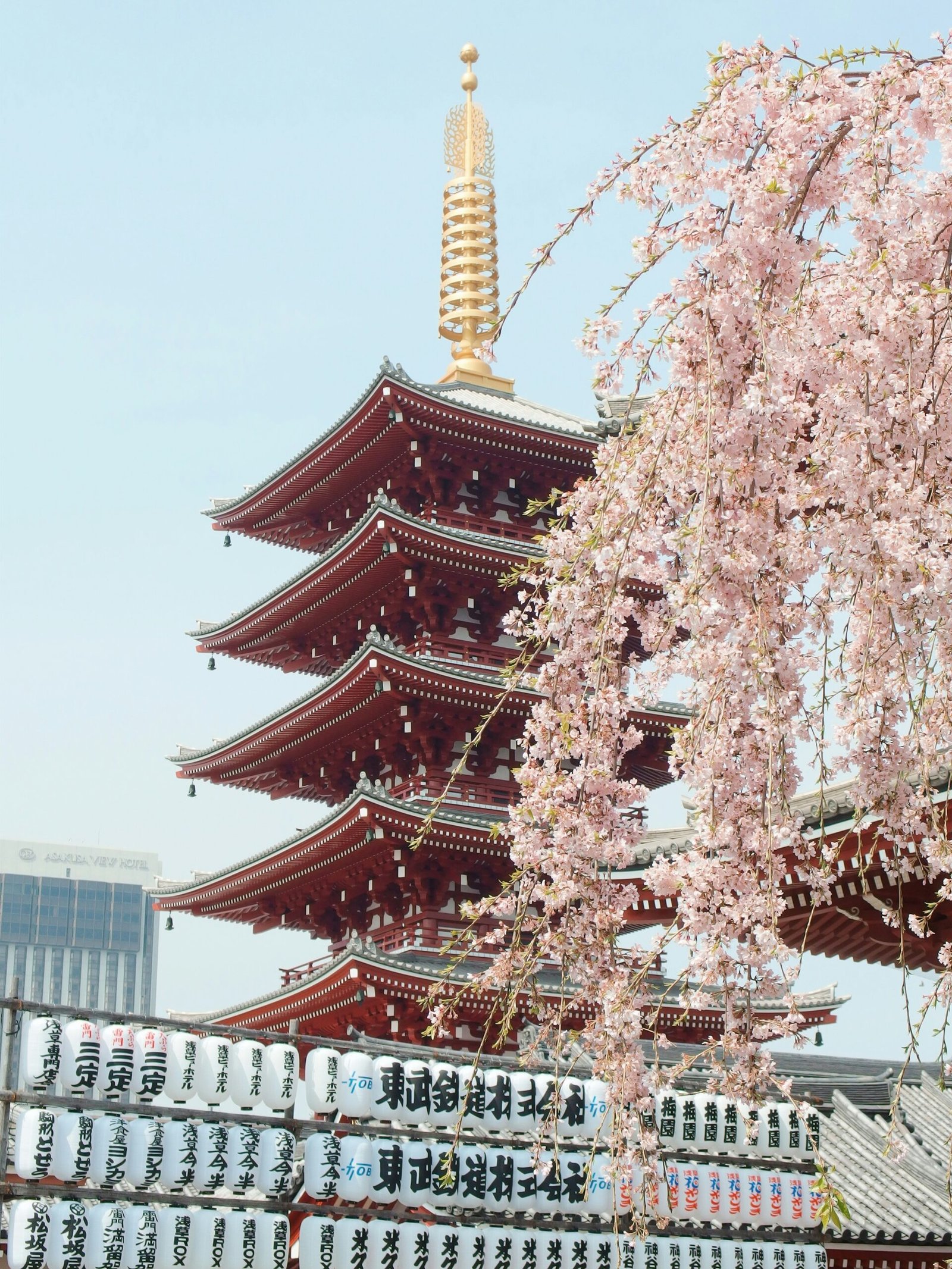
If you’re visiting in spring, you’re in for a dreamy explosion of sakura. Temples and shrines across Kyoto are lined with cherry trees that create pink tunnels, drifting petals, and reflections in still ponds—it’s cinematic.
Here are a few of the best places to see them:
- Heian Shrine – 20 types of cherry trees bloom across its huge grounds. It feels like stepping into a Heian-era painting.
- Kiyomizu-dera – At night, the temple and cherry trees are lit up, creating a surreal floating temple illusion.
- Ninna-ji Temple – Home to “Omuro-zakura,” late-blooming cherry trees with a magical, fluffy look. Listed as one of Japan’s 100 best cherry blossom spots.
🌸 Best time to visit for sakura: Usually around March 24th to April 1st, but it varies slightly each year.
Summer in Kyoto: Cool Off with Kawadoko Dining

Summer in Kyoto is hot and humid—no sugar-coating that. But locals have turned the heat into a unique experience called kawadoko.
This means dining on platforms built over rivers, where the air is cooler and the sound of water adds to the vibe. There are two main places to try it:
- Kibune – A magical little town in the mountains where restaurants build tatami platforms directly over the river. It’s like eating in a forest stream.
- Kamogawa River (Downtown Kyoto) – Closer to the city center, restaurants set up open terraces above the riverbanks. Go at night for lanterns and a breeze.
Book ahead—these seats are hot (pun intended) and only available May to September.
Autumn in Kyoto: Fiery Leaves and Tranquil Temples
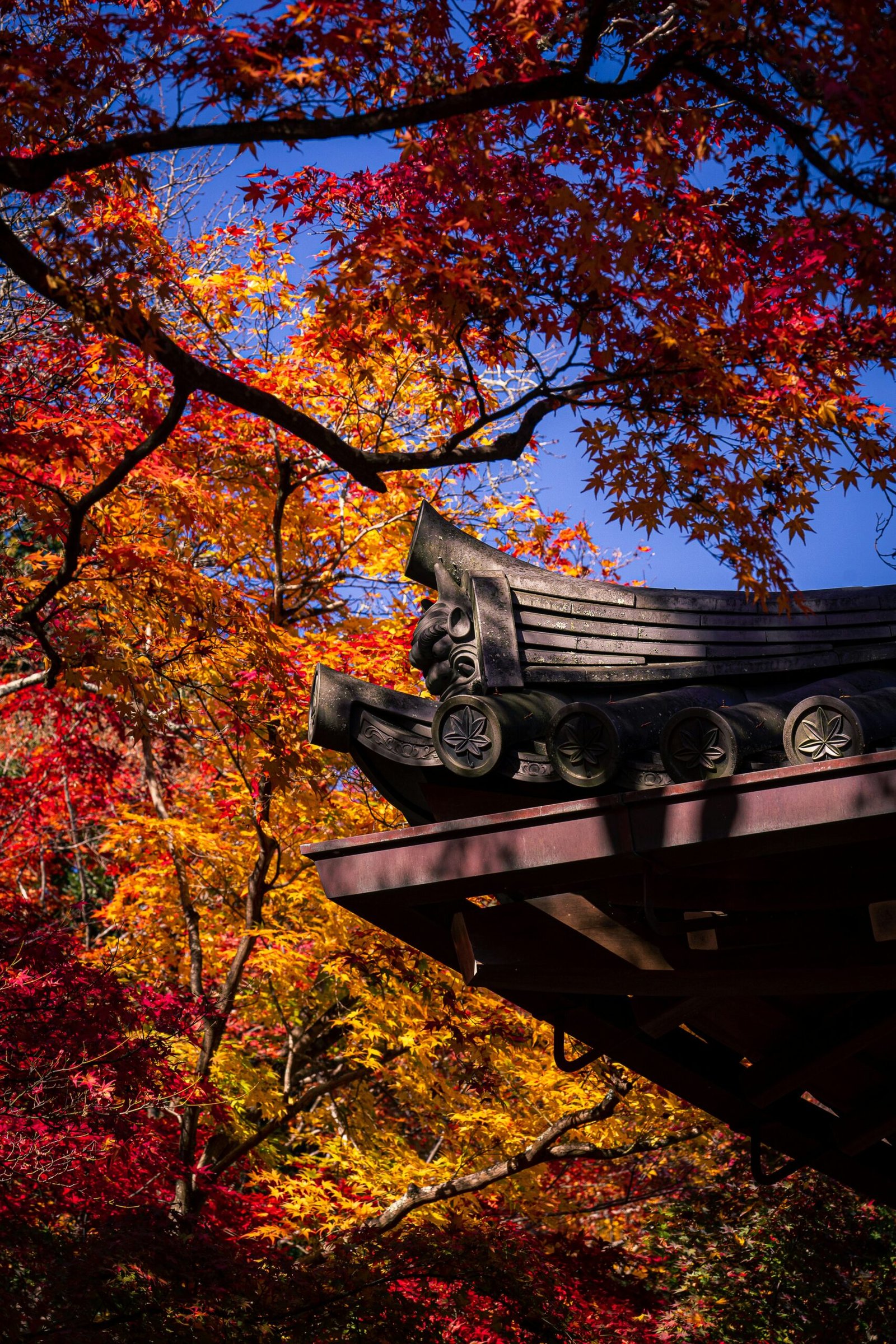
Kyoto in autumn is… just unreal. The temples seem to glow as if they were built for this exact moment. It’s quieter than cherry blossom season, and honestly? Even more beautiful.
Top places to catch the colors:
- Kifune Shrine – Lantern-lit paths under a canopy of red leaves. It looks like a Ghibli movie.
- Philosopher’s Path – A peaceful walkway along a canal, lined with maple trees that burn gold and crimson.
- Togetsukyo Bridge in Arashiyama – The backdrop of colorful mountains is peak autumn energy.
🍁 Best time to visit for autumn leaves: Mid-November to early December, depending on the year.
Winter in Kyoto: Quiet Snowy Beauty
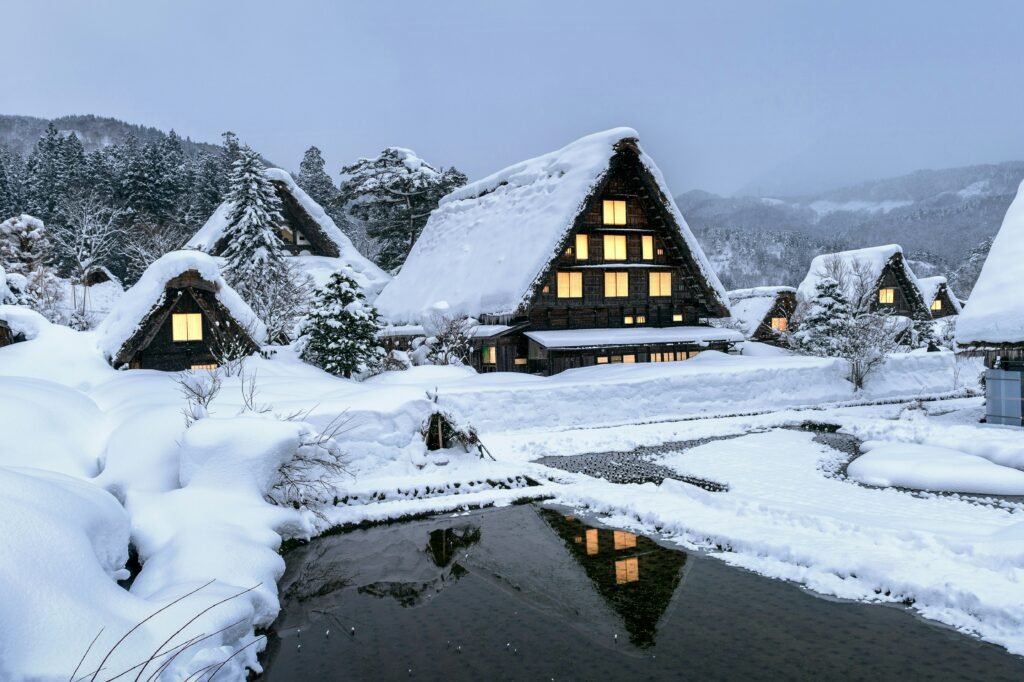
Snow in Kyoto isn’t super common, but when it happens? It transforms everything. The usual serenity deepens into stillness, and famous temples look like they’ve been dipped in powdered sugar.
Go-to spots for that rare snowy magic:
- Kinkaku-ji (Golden Pavilion) – The gold against white snow is next-level stunning.
- Kifune Shrine – Again! This place in snow is straight-up fantasy.
- Sagano Bamboo Grove – Light filters through the snow-covered bamboo, casting gorgeous shadows.
Best chance for snow? Late January to February. Keep an eye on the forecast—locals drop everything for that rare snow day in Kyoto.
- Top 14 Japanese Streetwear Brands That Are Redefining Cool Right Now (2025)

- 15 Tokyo Best Bars You’ll Love [2025 Guide]
![15 Tokyo Best Bars You’ll Love [2025 Guide] 2 Tokyo Best Bars](https://tokyocandies.com/wp-content/uploads/2023/08/image-15-150x150.jpg)
- 16 Best Anime and Manga Stores in Tokyo: Otaku Shopping Guide for Every Fan (2025)

- What to Do in Yokohama with kids: 20+ Must-See Spots & Experiences (2025)

- 10 Best Tokyo Tours You Absolutely Can’t Miss in 2025 (From Foodie Walks to Cultural Adventures)
